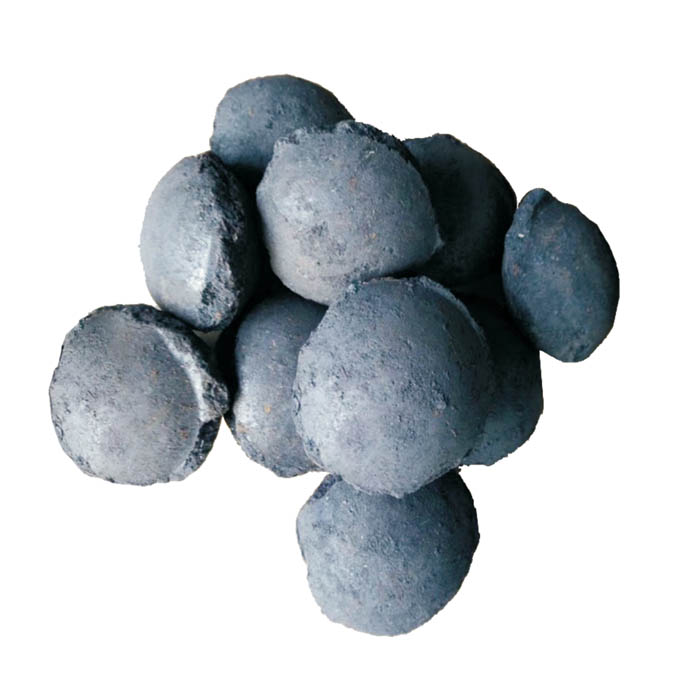Aug . 06, 2024 11:13 Back to list
Exploring the Role of Thermal Insulation Materials in Enhancing Energy Efficiency in Chinese Buildings
Thermal Insulation Materials in Buildings A Focus on China
In recent years, the rapid urbanization and economic expansion in China have led to a significant increase in construction activities. As the demand for energy-efficient buildings grows, thermal insulation materials have become a critical component in architectural design and construction practices. These materials are essential for enhancing energy efficiency, reducing energy consumption, and improving indoor comfort. This article explores the importance of thermal insulation materials in buildings, with a particular focus on the Chinese context.
Thermal insulation refers to the ability of a material to resist the transfer of heat. In the context of buildings, effective insulation is vital for maintaining a comfortable indoor environment, minimizing energy costs, and reducing greenhouse gas emissions. In China, where extreme temperatures can be experienced across different regions, the role of thermal insulation is even more pronounced. Buildings need to be designed to retain heat in winter and keep cool during the sweltering summer months.
China's construction industry has seen a variety of thermal insulation materials, each with its own set of properties, advantages, and applications. Some of the most commonly used materials include expanded polystyrene (EPS), extruded polystyrene (XPS), polyisocyanurate (PIR), fiberglass, and mineral wool. These materials are valued for their lightweight nature, ease of installation, and excellent thermal performance.
Expanded polystyrene (EPS) is one of the most widely used insulation materials in China. It offers good thermal resistance and is often employed in external wall insulation systems. Its lightweight nature makes it easy to handle and install, reducing labor costs. Similarly, extruded polystyrene (XPS) is prized for its moisture resistance and is commonly used in areas that require both insulation and structural support, such as beneath flooring and in basement walls.
china thermal insulation materials in buildings

Polyisocyanurate (PIR) serves as another high-performance insulation option, particularly in commercial buildings. It boasts a high R-value per inch, which means it provides excellent thermal resistance with a relatively thin profile. This characteristic is especially advantageous in urban areas where building space is at a premium.
In addition to synthetic materials, natural insulation options such as fiberglass and mineral wool have gained popularity in recent years. These materials are made from renewable resources and offer a sustainable alternative to traditional insulation. Mineral wool, for example, is fire-resistant and provides sound insulation, making it ideal for high-rise buildings and structures where noise reduction is a priority.
With the Chinese government prioritizing energy efficiency and sustainability, regulations and standards for insulation materials are becoming more stringent. The Green Building initiative aims to promote the use of energy-efficient materials and reduce the environmental impact of buildings. As a result, manufacturers are increasingly focused on producing advanced insulation materials that meet these regulations while offering superior performance.
However, challenges remain in the widespread adoption of advanced thermal insulation materials. Awareness and knowledge about the benefits of insulation, as well as initial cost considerations, can deter builders and homeowners from investing in high-quality insulation solutions. Education and incentives are necessary to encourage the adoption of these materials in the construction industry.
In conclusion, thermal insulation materials play a crucial role in the building sector in China, contributing to energy efficiency, comfort, and sustainability. With the continued urbanization and the demand for environmentally responsible building practices, the development and implementation of advanced thermal insulation solutions will be vital. As China strives for greener and more energy-efficient buildings, the focus on innovative insulation materials will undoubtedly shape the future of architecture and construction in the country.
-
Eco-Friendly Granule Covering Agent | Dust & Caking Control
NewsAug.06,2025
-
Fe-C Composite Pellets for BOF: High-Efficiency & Cost-Saving
NewsAug.05,2025
-
Premium Tundish Covering Agents Exporters | High Purity
NewsAug.04,2025
-
Fe-C Composite Pellets for BOF | Efficient & Economical
NewsAug.03,2025
-
Top Tundish Covering Agent Exporters | Premium Quality Solutions
NewsAug.02,2025
-
First Bauxite Exporters | AI-Optimized Supply
NewsAug.01,2025
